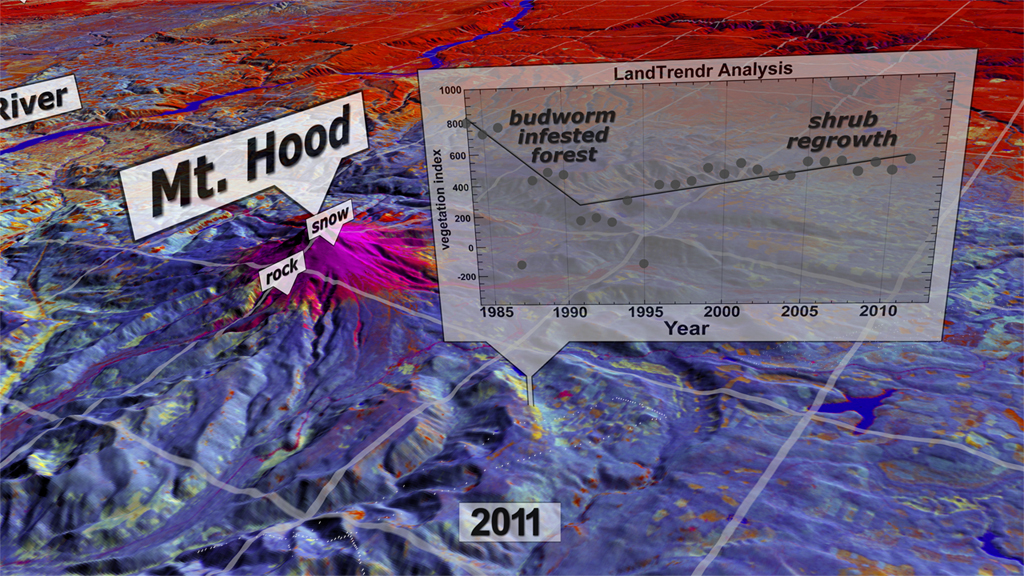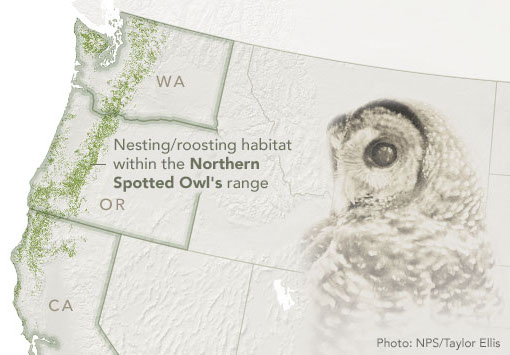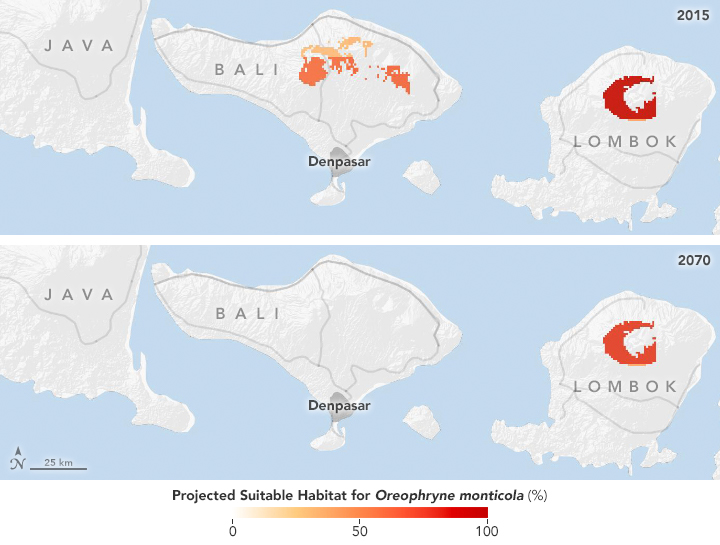Trees Family Guide - Seedlings - GLOBE Observer
Trees Family Guide - Seedlings
Choose between the Trees Science Journeys below for upper elementary and middle school aged children (from about age nine to age twelve). The four thematic topics are: Tree Height, Trees and Carbon, Impacts on Trees, and Trees as Habitats.
Tree Height
Ask: How do different measurement methods for tree height compare?
Scientists use various tools to measure the height of trees. There are pros and cons to using different tools, so it’s important to understand the limitations of each, and perhaps use multiple measurement techniques in your investigation.
Learn: Learn how citizen scientists measure trees.
This video explains the challenges of measuring trees from space, and why it’s important to collect different types of data, including ground observations.
Observe: Observe tree height with a clinometer and the GO app.
Use the GLOBE Observer app and the Trees tool and a simple paper clinometer to measure trees near you and compare the measurements.
For more detailed instructions about how to do the comparison of measurements, refer to the Tree Height Comparisons activity.
Create: Create a poster about different ways to measure height.
What did you notice about collecting data using the GLOBE Observer app compared to the paper clinometer? Were the measurements the same or different? Create a poster showing the pros and cons of each method of data collection.
Impacts on Trees
Ask: What factors impact trees in your community?
Trees need specific conditions to thrive. Sometimes those conditions can change, such as when a drought, wildfire, or insect infestation occurs. These situations can cause a tree’s health to decline.
Learn: Learn how NASA studies the health of forests.
Watch this video to learn about a method of mapping satellite data that reveals the hidden stories of forests in the Pacific Northwest. 
You can also read about how we can observe and track wildfires, a huge impact on the world's trees, from space in the "Watching Wildfires from Space" issue of NASA's Earth Observatory for Kids 
Observe: Observe the condition of trees near you.
The Tree Health Check-Up activity helps you examine individual trees near you for signs of their healthiness. Use that framework, or create your own, to do a tree health inventory in your neighborhood. Look for common factors that may or may not be impacting the health of the trees, such as drought, a hard winter, excessive rainfall, wind and storms, human or animal impacts, etc.
Create: Create a tree health report card.
Use the results of your inventory to create a tree health report card for your neighborhood. This can be presented as a poster, video or another creative communication technique.
Trees and Carbon
Ask: What role do trees play in the carbon cycle?
Trees store carbon. Knowing when trees take in carbon and when they release it into the environment is important for understanding their role in the carbon cycle.
Learn: Learn about the carbon cycle.`
Learn how NASA measures carbon through both field work and satellite imagery keeping watch through its eyes on the sky, on Earth, and in space.
Additional background reading about carbon in the environment can be found on NASA's ClimateKids page. 
Observe: Observe tree height and circumference.
Use the GLOBE Observer app and the Trees tool, plus a tape measure (or string and ruler) to measure both tree height and circumference. As you observe, think about which trees you measured store the most carbon.
Create: Create a carbon cycle diagram.
Looking at the environment around you, create a diagram showing how trees fit into the carbon cycle.
Trees as Habitats
Ask: How do trees provide habitats for animals?
All animals need some kind of shelter to survive. Trees can provide shelter and food for a variety of animals. When trees disappear, the animals that depend on them do too, ultimately resulting in fewer species, in other words, less biodiversity.
Learn: Learn how trees and biodiversity are connected.
Here are two articles discussing how habitat change affects animals:
- Read about 30 years of habitat change for the northern spotted owl

- Read about a study projecting habitat loss for 1700 vertebrate species

Observe: Observe local trees and wildlife.
Conduct a “bioblitz” in your area: Choose a set amount of time, for example an hour, and go outside to look for as many different organisms living in and around trees as you can. Make a list or draw pictures of the animals you see.
You may also be interested in the Tree Life Cycle activity, which focuses on exploring the forest for different stages of tree growth, and observing that trees can be good habitats at each stage of life.
Create: Create a poster showing how animals use trees as habitats.
Create a poster of the observations you made of the animal habitats around your neighborhood. For example, you could create a diagram of a tree showing how animals use different parts of the tree for shelter, food, etc. Don't forget to consider habitats under the trees, in the shrubs and vegetation, and in trees at different life stages, such as fallen trees or stumps.
Additional Resources
- Trees Resource Page
- GLOBE Observer at Home
- Family Science with GLOBE Observer
- Stay connected with GLOBE on Facebook















